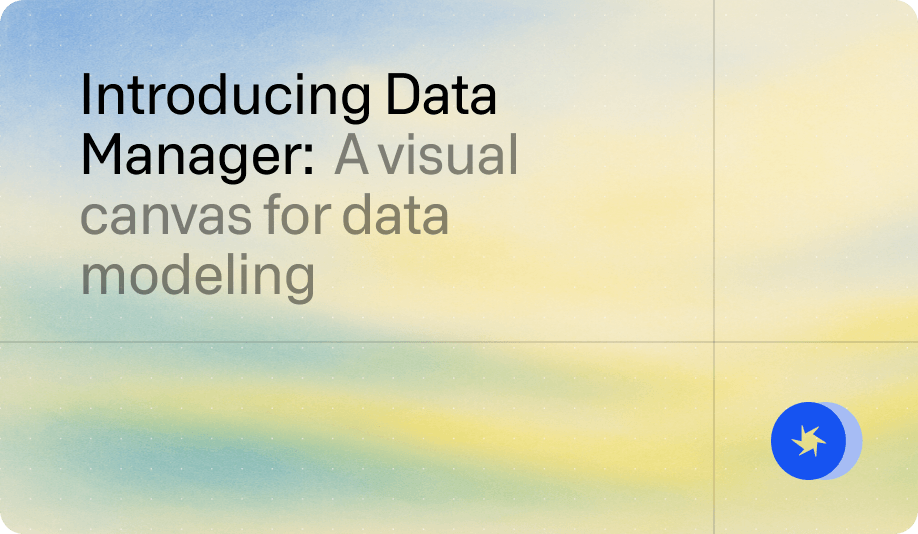Time is Money
In this new world where efficiency is everything, can you imagine 6+ months to set up and integrate a tool to activate customer data? That's the reality of using a Customer Data Platform. First, you will need to involve your engineering teams to integrate the SDKs/JS snippets and do new releases of your products. At mid sized organizations this process takes months. If you are a company that has a strong data engineering team that has already done the immense undertaking of designing a beautiful data warehouse with all your data—why would you now sync a subset of this data to a CDP?
Even apart from the data integration, you now also have to create and maintain your customer data model in the CDP platform. You will have to set up de-dupe logic, recreate your key customer attributes and create custom attributes you want to filter on (total spend, number of purchases, e.t.c). Most of the CDPs have their own nuances, so you will need to dedicate some resources from your team that will now be the "CDP admins" akin to something like a Salesforce admin. In a sense, CDPs force you to go all-in on their opinions and tools and dedicate your team to learning them.
Being obsessed with data-driven growth requires more flexibility and needs to allow for rapid experimentation—the ability to experiment with ML models, build analytical reports, or run advanced statistical evaluations on campaigns. That's why we see so many companies eventually bringing that integrated data from the CDP back into their own warehouse.










